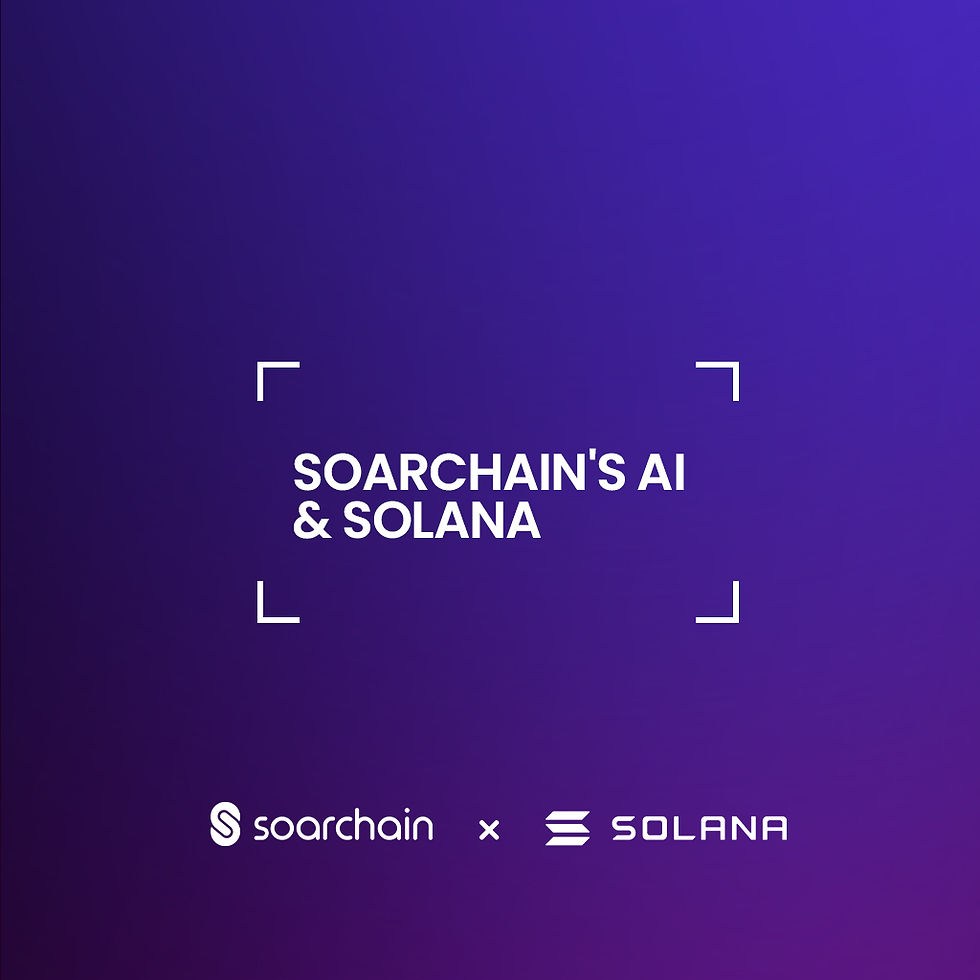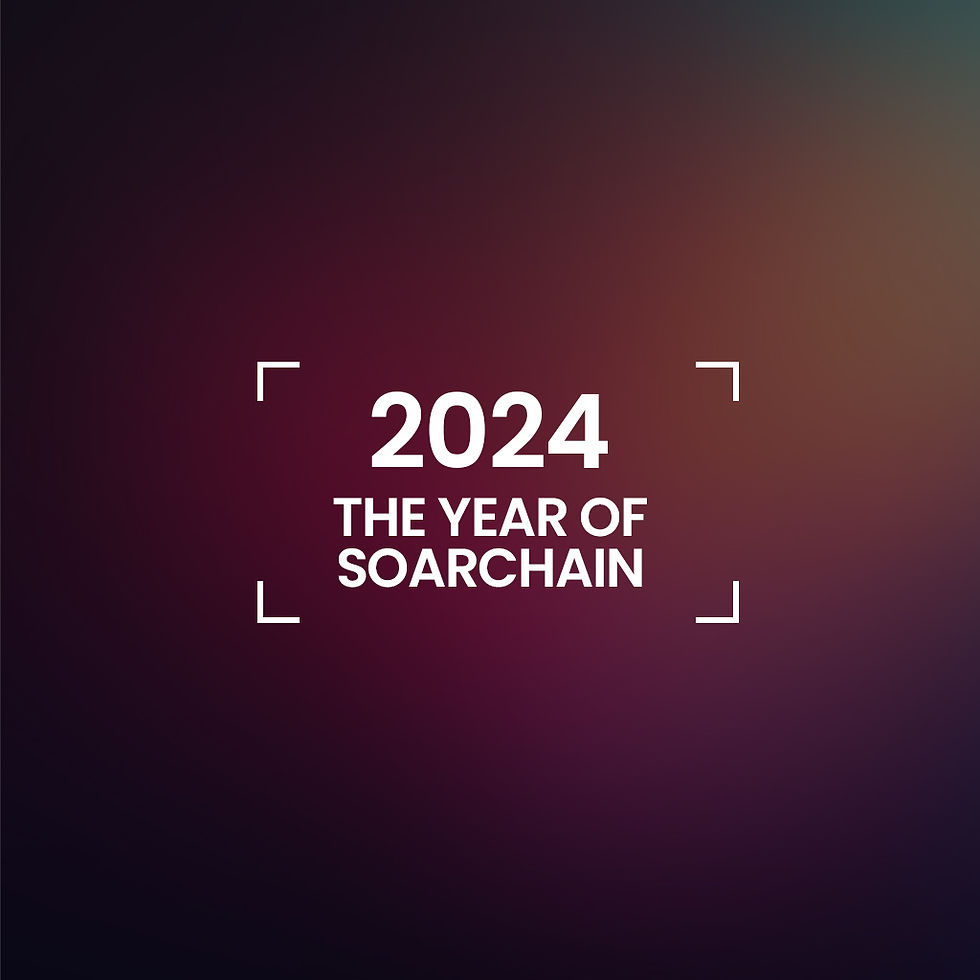Data Verification: The Keystone of Reliable Vehicle-to-Network (V2N) Connectivity
- Amir

- Oct 23, 2023
- 3 min read
Updated: Nov 2, 2023
In the rapidly evolving landscape of connected vehicles and smart mobility, data is the lifeblood that fuels innovation. Vehicles today are more than just a means of transportation; they’re data powerhouses, equipped with sensors, cameras, and computers, churning out vast amounts of data. This data, when harnessed correctly, can enhance safety, streamline operations, and open up new avenues for business. But here’s the catch — the real value of this data hinges on its accuracy and integrity. That’s where data verification comes into play, especially in the context of Vehicle-to-Network (V2N) connectivity.

The Significance of Data Verification
Data Integrity: Picture this — vehicles are transmitting data to the network, which is then used for a myriad of applications from traffic management to vehicle diagnostics and autonomous driving. Now, if this data isn’t accurate, it can lead to decisions that could have serious implications. Inaccurate vehicle diagnostic data, for instance, could lead to improper maintenance, resulting in vehicle malfunctions and potentially dangerous situations on the road.
Safety Enhancement: V2N connectivity has a significant role in enhancing road safety. Vehicles can share information about road conditions, traffic congestion, and potential hazards with each other and with traffic management systems. This allows for proactive measures to be taken to prevent accidents. But the effectiveness of these safety measures is directly tied to the accuracy of the data, underscoring the importance of data verification.
Operational Efficiency: Accurate data is the cornerstone of efficient operations in connected vehicles and smart mobility solutions. Data about a vehicle’s condition can be used for predictive maintenance, helping to prevent breakdowns and reduce downtime. Similarly, data about traffic conditions can be used to optimize routes and improve fuel efficiency. If this data isn’t verified for accuracy, it could lead to inefficient operations, increased costs, and reduced vehicle lifespan.
User Trust: In a V2N system, users need to trust that their data is being handled correctly and securely. Data verification is crucial in maintaining this trust. If users believe their data could be inaccurate or misused, they may be less likely to use connected vehicle services, hindering the adoption of these technologies.

The Role of Data Verification in Vehicle-to-Network (V2N) Connectivity
Soarchain’s Approach to Data Verification
Let’s delve into Soarchain, a public Proof-Of-Stake (PoS) blockchain that’s revolutionizing data verification in V2N connectivity. Within the Soarchain ecosystem, a V2N broadcaster, facilitated by the tamper-proof Motus Mini device, transmits a message to a runner, a specialized type of virtualized generic compute node. This message is then recorded in the runner’s temporary database.
The runner can initiate a challenge request when it meets certain criteria, either due to a time limit or the volume of messages in its database. It would then receive the challenge from the challenger nodes and will respond to it. We’ll dive deeper into the exact steps that happen in between in future articles.
The rewards for the V2N broadcasters are calculated based on the number of successful messages transmitted. The runners and challengers verify the eligibility for the reward and submit it to the validators as a reward distribution transaction for the V2N broadcaster(s) in question. This mechanism safeguards the integrity and authenticity of the data, thereby enabling the functionality of various applications within the Soarchain ecosystem.
The Motus Mini, Soarchain’s V2N transmitter device, is equipped with a built-in physical crypto module that cryptographically signs the data before broadcasting to the network.
This signature is subsequently verified by the runners. In addition, runners conduct a series of checks on the message structure as well as the collective effect of the message properties to ensure their alignment. This process is applied to each and every message, significantly reducing the possibility of unhealthy and malicious messages infiltrating the network. This rigorous verification process underscores Soarchain’s unwavering commitment to maintaining the highest level of data integrity.

Simplified Workflow of Data Verification in the Soarchain Ecosystem
The Road Ahead
As we navigate towards a future of connected vehicles and smart mobility, the importance of data verification in V2N connectivity cannot be overstated. It’s the bedrock for ensuring data integrity, enhancing safety, enabling efficient operations, and preserving user trust. Blockchain technologies like Soarchain offer innovative solutions for data verification, providing a secure, decentralized, and trustless way of connecting vehicles to the network.
By ensuring the accuracy and reliability of data, we can unlock the full potential of V2N connectivity and drive the future of mobility.
In our next articles, we’ll be diving deeper into the technicalities of how messages get verified in the Soarchain ecosystem. We’ll explore the actual steps involved in the verification process and how this process is designed to ensure the truthfulness of the data. So, stay tuned to learn more about the intricate workings of data verification in V2N connectivity and how Soarchain is pioneering this field.



Comments